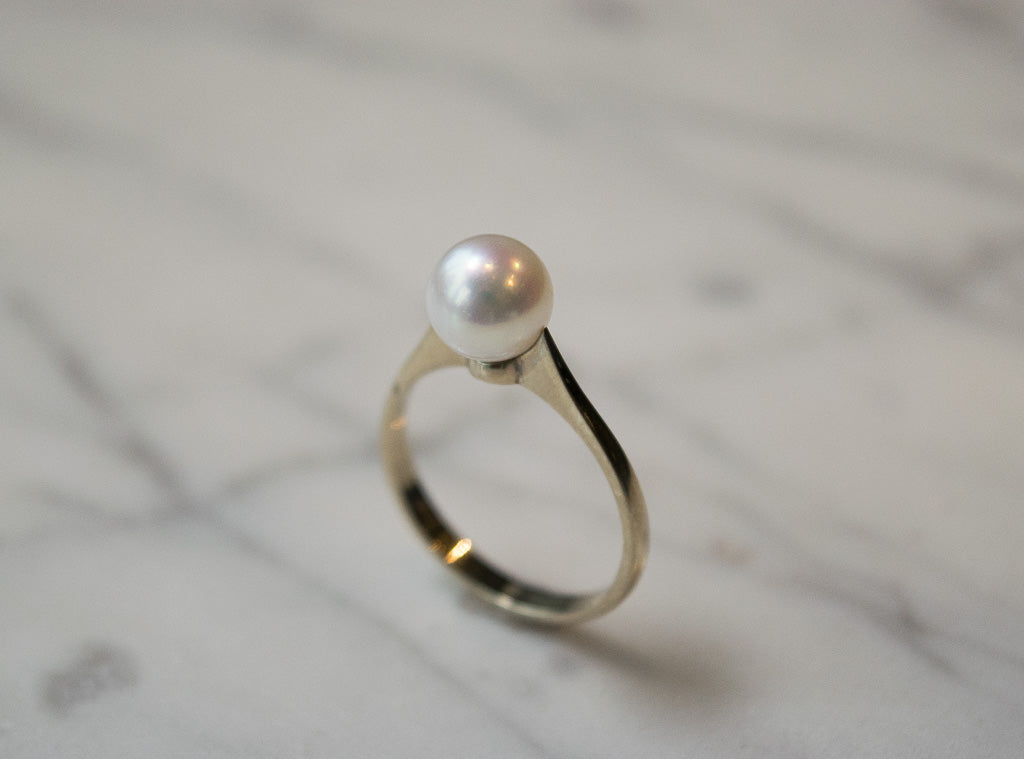
Hitting the Great Glebe Garage Sale this Weekend? Spot great vintage!
Sharif Virani A PRIMER ON PEARLS
Pearls are created by oysters (or, in the case of freshwater pearls, mussels) when an irritant enters the shell. The mollusk surrounds the foreign object with layer after layer of calcium carbonate bonded by a protein called conchiolin—a combination known as mother-of-pearl or nacre. The crystalline layers refract light, creating the pearl's luster and iridescence. Naturally occurring pearls are very rare and highly prized. The majority of pearls on the market are cultured, meaning their creation was assisted by man.
GRADING - Pearls are evaluated for size, color, luster, complexion and shape. It takes a highly trained eye to accurately assign value to a pearl.
SIZE - In general, the larger the pearl, the greater its value. The size of a pearl is limited by, among other factors, the size of the mollusk.
LUSTER - A pearl's luster is it radiance and glow, caused by the light reflecting off the layers of nacre at the surface and below. A high-luster pearl next to a low-luster pearl will look like satin next to crepe de chine.
COLOR - Pearls come in a full spectrum of colors, from white to black, with pink, green, bronze, champagne and a host of hues in between.
COMPLEXION - Complexion refers to the smoothness of the pearl's surface. No pearl is likely to be flawless, but all high-quality pearls should be free of discolorations, scratches, chips and cracks.